For more than 50 years, Process Insights instruments have been recognized for their exceptional performance by the world’s leading researchers. Reliability and flexibility are supplemented by the most comprehensive application, technical and on-site support in the industry. Our analytical components, instruments and systems for catalysis development address research areas ranging from ultra-fast, ultra-high vacuum desorption studies to the quantification of reaction gas products in real time.
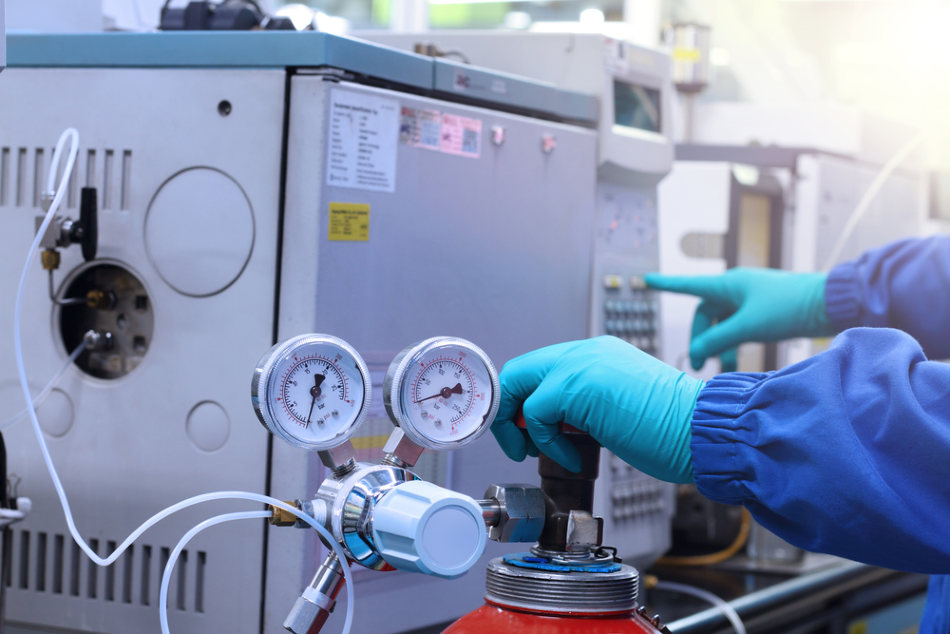
Image Credit: Shutterstock/tanewpicx168
TPD/R/O Research Gas Analysis
Process Insights' range of benchtop gas analyzers boast application specific capillary sampling interfaces for coupling to existing microreactors, with mass range options from 2-100 amu or 2-300 amu and detection limit of 500 ppb.
System configurations are offered to match a number of reactor designs and experimental conditions. Options such as dedicated bypass and high compression downstream pumping are available for rapid clearing of the sampling capillary and optimization for light carrier gases.
Full spectrum survey scanning is achieved by multiple species detection in real-time. External start/stop signals control data collection and temperature which can be harmonized.
- Application specific interfacing to existing microreactors
- Mass ranges from 2-100 amu or 2-300 amu
- Light carrier gas optimization
- Fast clearing capillary inlet (<300 msec response)
- Synchronized with temperature ramp
- 1,000 data points/sec
- Multiselector valve
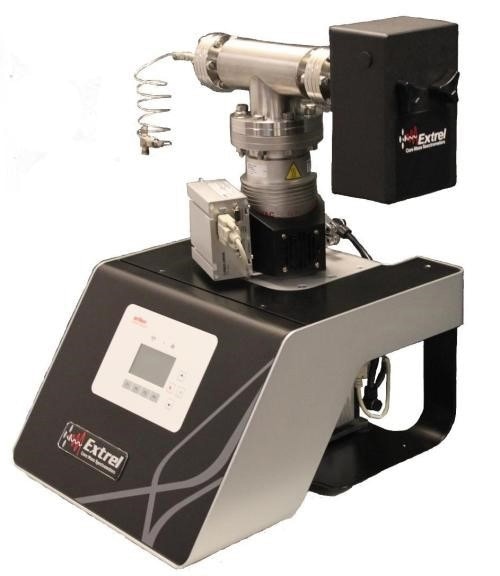
MAX300-CAT Laboratory Gas Analyzer
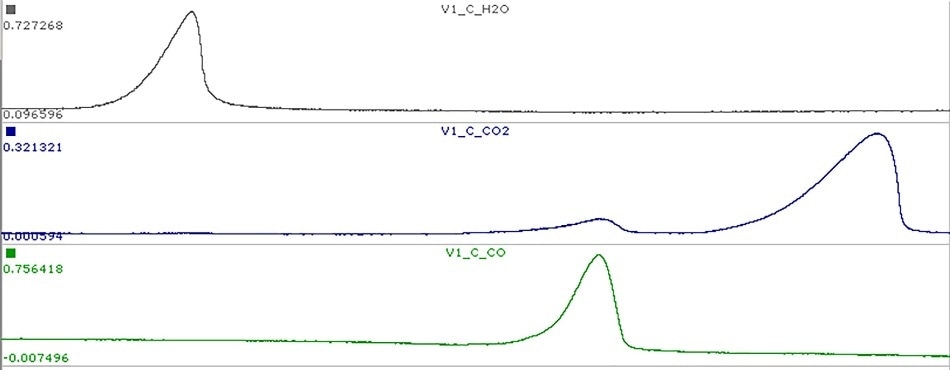
Dynamic Quantitative Gas Analysis
Thermal Analysis Mass Spectrometry
The MAX300-EGA is a quadrupole mass spectrometer enhanced for evolved gas analysis in a laboratory setting. It has the ability to scan from 1-500 amu and features the Process Insights 19 mm mass filter which delivers high analytical repeatability and long-term stability. The Questor 5 process control software allows the system to achieve qualitative analysis for sample characterization, or quantitative analysis, measuring concentrations from 100% down to 10 ppb.
In addition, the MAX300-EGA is equipped to import a start-of-heating signal from the TGA, which can be instructed to perform calculations and trend data, or output the data for viewing and manipulation on a different platform.
- Up to 500 amu mass range
- 10 ppb detection limit
- Optimized for evolved gas analysis from TGA equipment
- Re-entrant inert inlet for maximum interpretation of evolved species
- Identification of high mass decomposition products
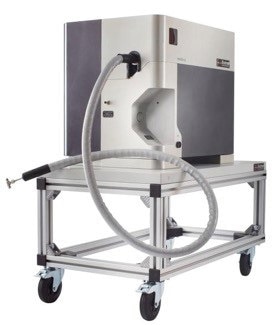
MAX300-EGA Evolved Gas Analyzer
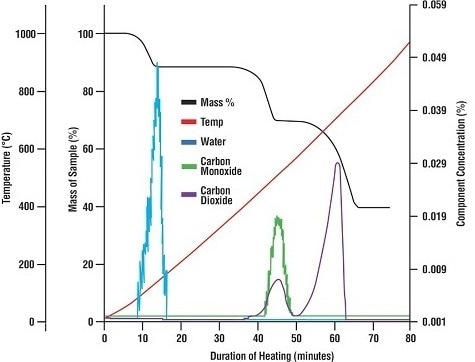
Qualitative and Quantitative Analysis of TGA Evolved Gas
Laboratory Gas Analysis
The MAX300-LG, Laboratory Gas Analyzer provides the analytical capabilities of the high performance Industrial Mass Spectrometer for the laboratory, offering Process Insights quadrupole performance in an economical package suitable for catalysis research, bench scale reactors, process development and pilot scale research.
Unique to the MAX300-LG is the ability to provide true quantitative analysis of complex gas mixtures. The Questor 5 software employs multivariate techniques, allowing the monitoring of an unlimited number of components with an analytical precision of +/-0.0025% (on 1% argon signal) and 30-day stability of just +/-0.005%. Users have the choice of single ion monitoring or full mass range scanning. Component concentrations, intensities and derived (calculated) values are displayed, stored and output as defined by the user. Display options include graphical and tabular displays for both real time and archived data. The system performs extensive diagnostics during SmartStart and continually monitors diagnostics during operation to ensure data validity.
- Up to 500 amu mass range
- 10 ppb detection limit
- Fully automated quantitative output
- >180 compound spectral library
- Web server interface
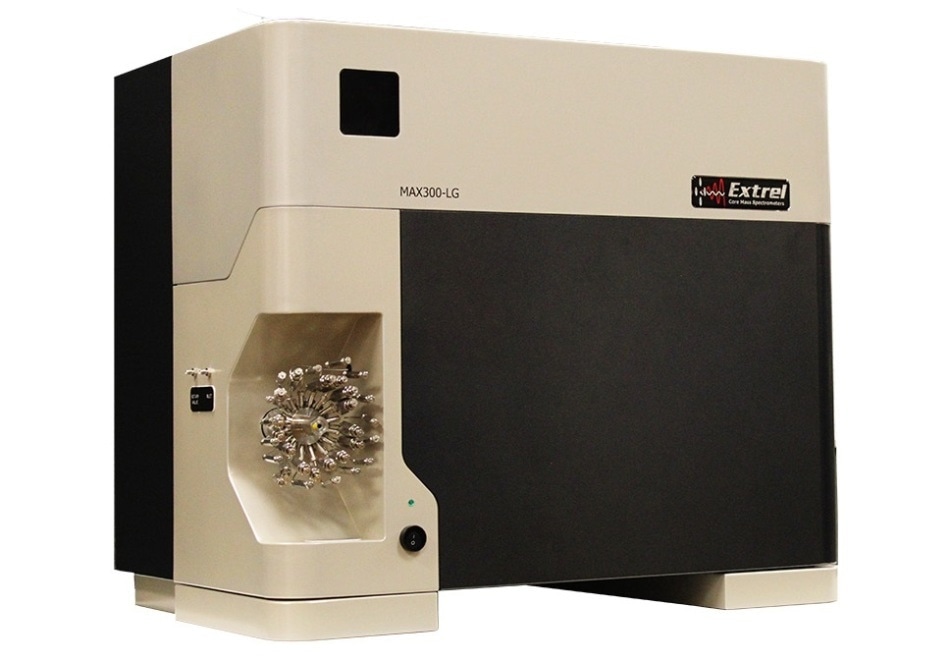
MAX300-LG High Performance Laboratory Gas Analyzer
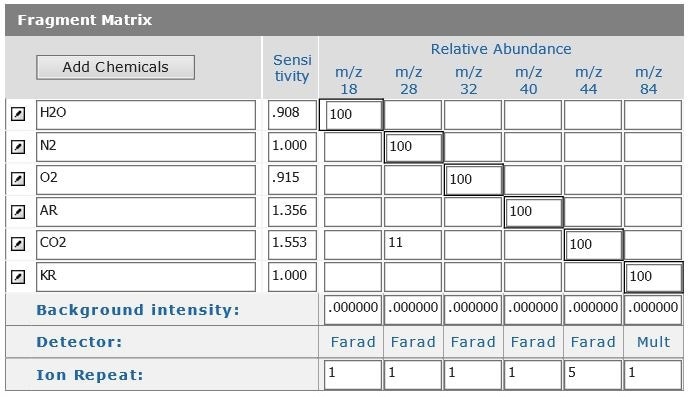
Quantitative Gas Analysis Analytical Method
UHV Temperature Programmed Desorption
The MAX-Series UHV TPD mass spectrometers are fully configured UHV compatible quadrupoles that can be incorporated into existing UHV systems. Unparalleled sensitivity of the MAX-Series instruments enables detection of partial pressures at the 10-16 mbar level, with both axial and right angle sampling options to suit chamber geometry. The MAX-Series probes also feature user selectable combinations of analog or digital detection with mass range options to 4000 amu.
- High sensitivity up to 6 mA/Torr
- High resolution M/deltaM=3000 at m/z 28
- Partial pressure detectability to 10-16 mbar
- High abundance sensitivity to 107
- Mass ranges from 1-60 to 4-4000 amu
- Positive and negative ion detection
- Ability to monitor an unlimited number of masses
- Ability to synchronize temperature and pressure data with mass data
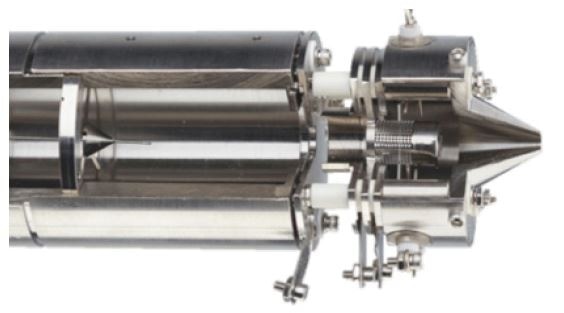
MAX Series Probe
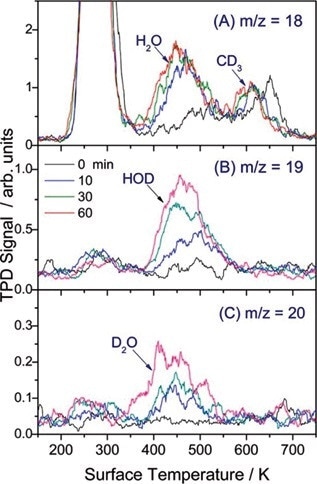
Temperature Programmed Desorption Example
Cluster Size Selection & Deposition
Process Insights have been supplying quadrupole mass filters, ion guides, deflectors and ion optics to the clusters research community for over 30 years. In addition to offering individual components for a ‘building block’ approach to system development, Process Insights design and develop turnkey systems for dedicated clusters research.
Products in this range include quadrupole mass filters with mass ranges reaching 16,000 amu and with resolution sufficient enough to separate single atom differences in clusters for atoms larger than 20 amu. Also, ion guides and ion optics, along with expertise in vacuum technology, can be applied to the solution of ion transport and pressure reduction from any type of ion source.
- Clusters up to 16,000 amu
- Sampling apertures
- Quadrupole mass filters
- Einzel lenses
- Multipole ion guides
- Quadrupole deflectors
- Gas tight housings
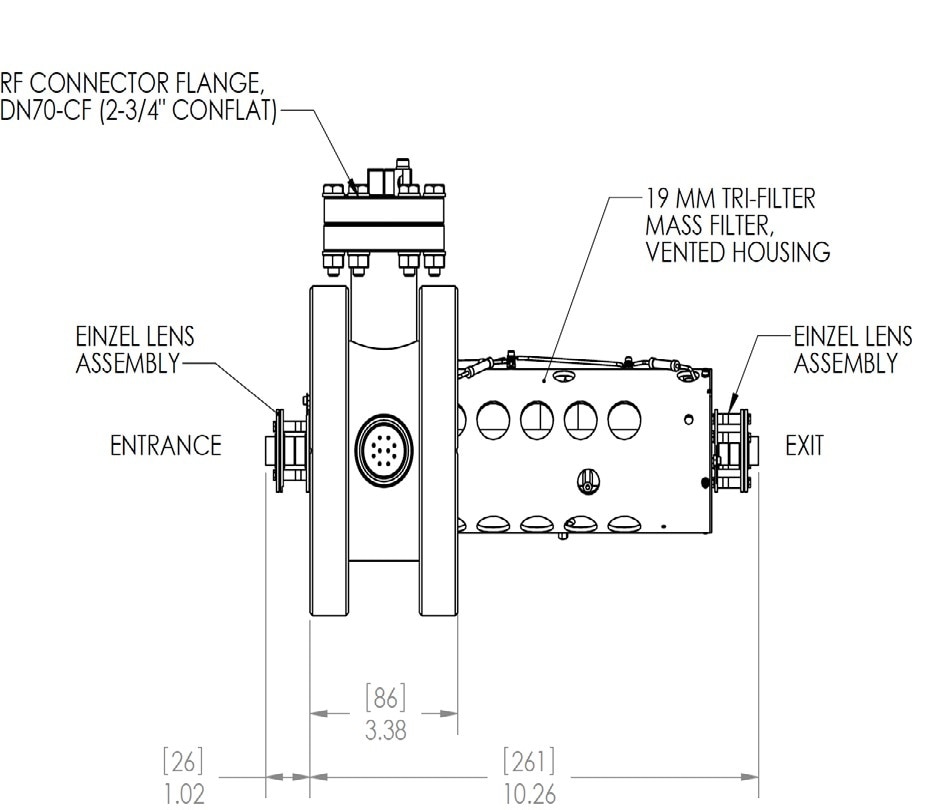
Flow Through Cluster Size Selection Mass Filter with Ion Optics
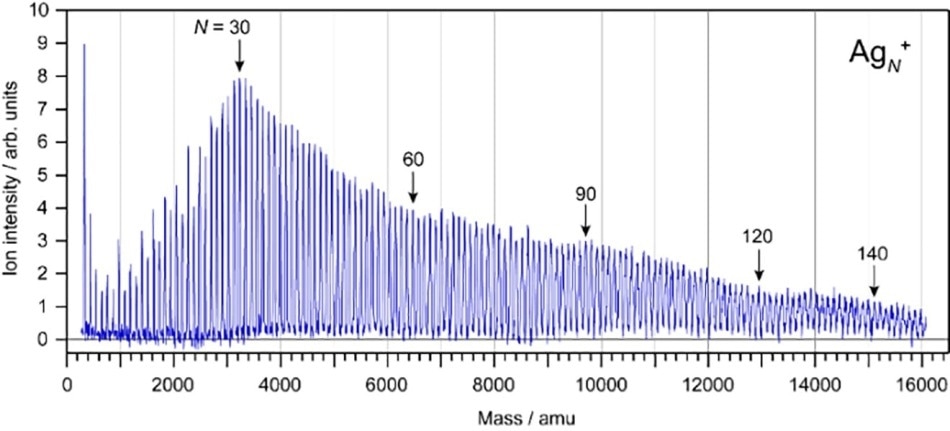
Silver Cluster Ions to 16,000 Daltons

Cluster Deposition System
Transient Kinetic Analysis
Transient kinetic analysis can offer complete information of reaction intermediates and reaction sequence. The MAX-LT mass spectrometer is a compact, high sensitivity tri-filter quadrupole MS system ideally matched to steady state isotopic transient kinetic analysis. The instrument offers ultra-fast digital detection, achieving measurement speed up to 10,000 data points/sec.
Data acquisition is harmonized with gas pulse valves via the on-board input/output channels from the spectrometer control system. Both axial and cross beam sampling provisions are accessible. The compacted form of the analyzer allows for easy integration into existing apparatus.
- 10,000 measurements/second
- Ion counting digital detector
- Synchronized with external pulse valves
- Up to 1,000 amu mass range (extended to 4,000 with MAX series probe)
- Ability to monitor an unlimited number of masses
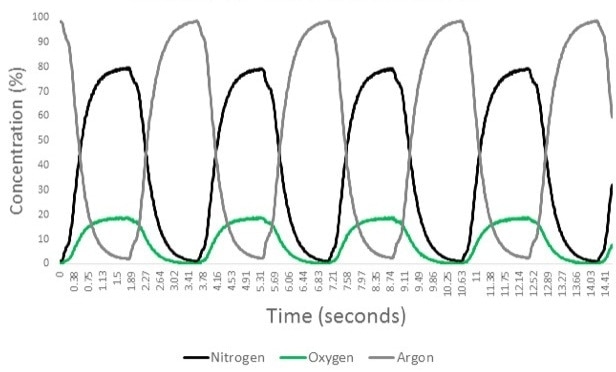
Transient Kinetic Analysis Example

MAX-LT Flange Mounted RGA MS
Molecular Beam Sampling
Molecular beam sampling offers the opportunity for detailed measurement of reactive gas species from a wide pressure range. Collisionless transfer of reactive species necessitates careful design of the mass spectrometer sampling system: Process Insights are innovators of molecular beam sampling, right up to the present day VeraSpec MB analyzer which uses the unique cross-beam sampling configuration to significantly improves signal-to-noise over axial sampling arrangements.
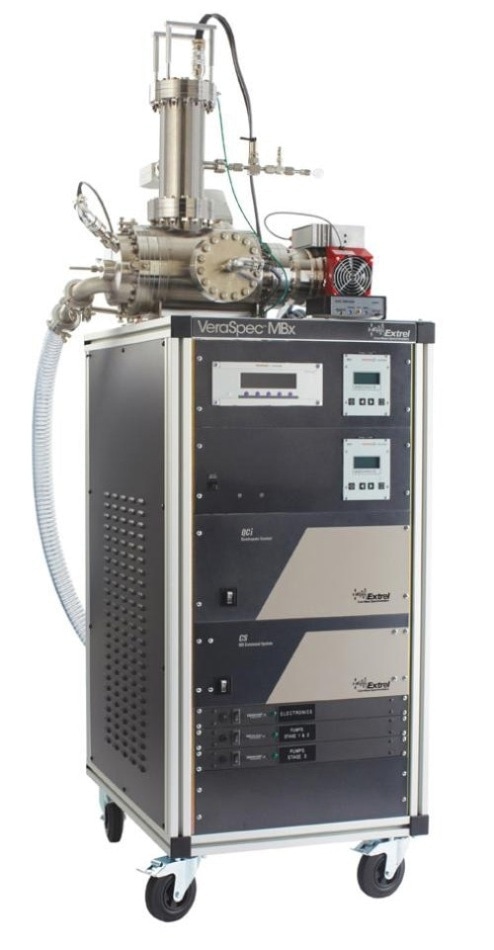
VeraSpec Molecular Beam Mass Spectrometry System
The Cross Beam Deflector Ionizer rebounds the ionized gas phase species through 90°, separating them from photons, metastables, particulates and molecular beam gases. Filtering out photons and high-energy ions in this way eliminates spurious background signal and preserves the integrity of the quadrupole mass filter, allowing potentially harmful deposits to pass straight through and on to the ultra-high vacuum pumping system.
- Multi-stage skimmer inlet design
- Cross beam sampling for highest signal to noise
- Integrated beam chopper for highest sensitivity
- Mass ranges from 1-60 to 4-4000 amu
- Detection of reactive species via threshold ionization
- Quadrupole deflectors
- Gas tight housings
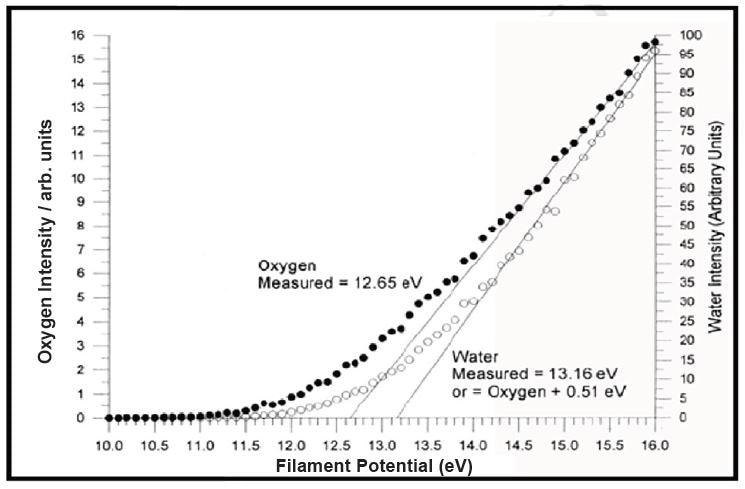
Appearance Potential Data
Application Area and Product Matrix
| |
|
Products |
| |
|
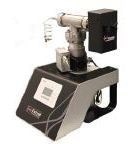 |
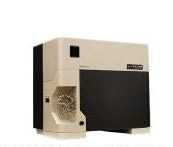 |
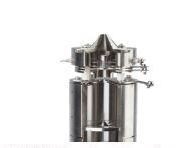 |
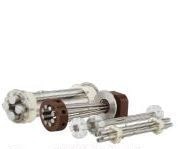 |
| |
|
MAX300-CAT |
MAX300-LG/EGA |
MAX Probe System |
Quad/QC/Optics |
| Application Area |
Nano Structures |
|
|
SIMS surface analysis TPD surface analysis reaction monitoring in vacuum (sensitivity) |
Size selection (selectivity, transmission, stability) Soft landing (low ion energy (<1 eV) at landing) |
| Catalyst Materials |
|
|
SIMS, TPD |
|
| Reaction Kinetics |
Reaction gas analysis |
Reaction gas analysis (sensitivity, speed) |
Molecular beam in-vacuum reaction monitoring TPD, TPR, TPO |
Crossed molecular beam |
| Catalytic Reaction Monitoring |
Gas analysis |
Gas analysis |
|
|
| Process Control |
Gas analysis |
Gas analysis |
|
|

This information has been sourced, reviewed and adapted from materials provided by Process Insights - Mass Spectrometry.
For more information on this source, please visit Process Insights – Mass Spectrometers.